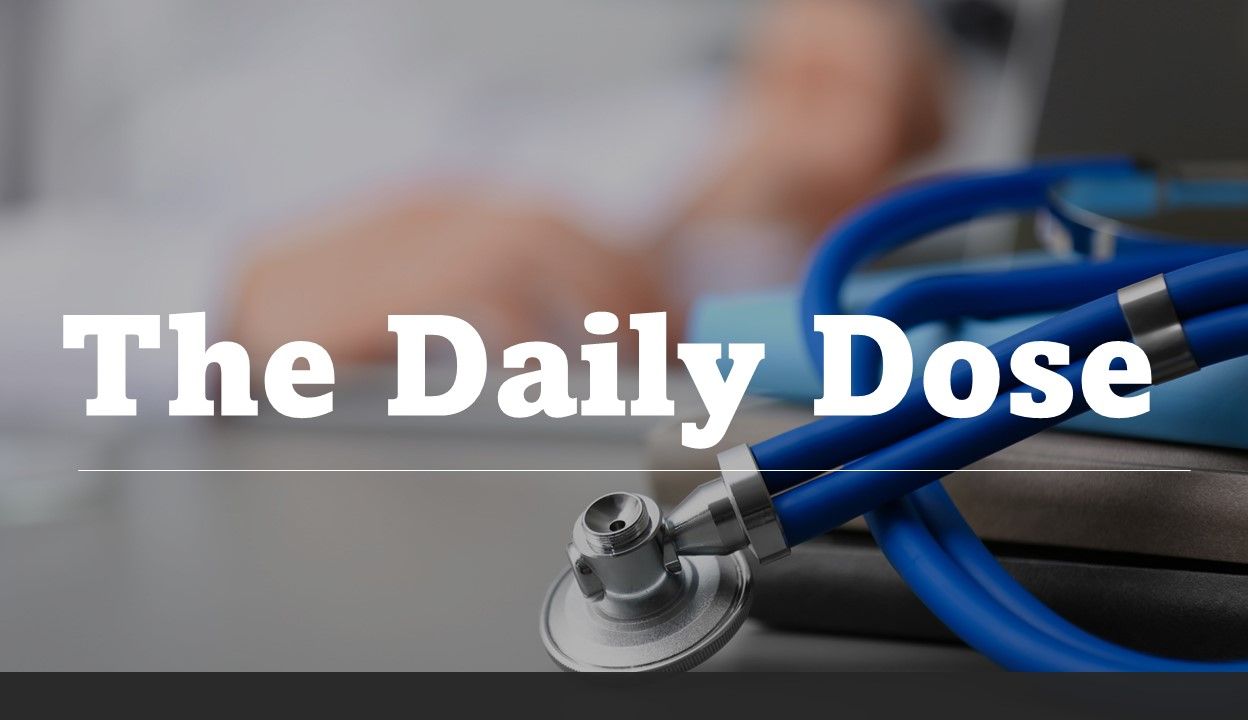Dyslipidemia in American Indian Youth: Daily Dose
©New Africa/AdobeStock

Patient Care brings primary care clinicians a lot of medical news every day—it’s easy to miss an important study. The Daily Dose provides a concise summary of one of the website's leading stories you may not have seen.
Last week, we reported on findings from a study published in the Journal of the American Heart Association that examined the association between between dyslipidemia and cardiovascular disease (CVD) among American Indian adolescents and young adults.
The study
The study included 12 American Indian communities in central Arizona, southwestern Oklahoma, and the Dakotas. Researchers evaluated data from a total of 1440 participants aged 15 to 39 years at the baseline examination in 2001 to 2003. They measured lipids after a 12-hour fast and used carotid ultrasounds to detect plaque at baseline and follow-up in 2006 to 2009 (median follow-up, 5.5 years). Also, they identified incident CVD through 2020 with a median follow-up of 18.5 years.
The findings
At baseline, the prevalence of dyslipidemia was 55.2% in participants aged 15 to 19 years, 73.6% in those aged 20 to 29 years, and 78% in those aged 30 to 39 years. Despite these high percentages, only a few participants with dyslipidemia reported receiving lipid-lowering medications: 0 of the 15- to 19-year-olds, 1 of the 20- to 29-year-olds, and 10 of the 30- to 39-year-olds.
Authors' comment
"Dyslipidemia is a modifiable risk factor that is associated with both subclinical and clinical CVD, even among the younger American Indian population who have unexpectedly high rates of significant CVD events. Therefore, this population is likely to benefit from a variety of evidence‐based interventions including screening, educational, lifestyle, and guideline‐directed medical therapy at an early age."
Related Content